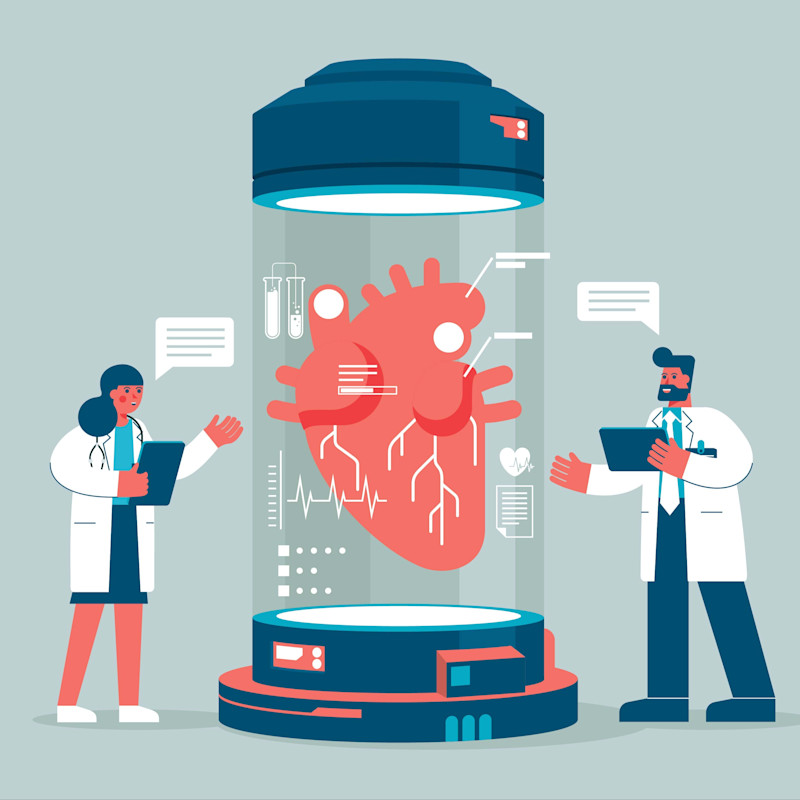This one test can basically predict your health future
MDlinx May 15, 2025
Industry Buzz
-
“The ability to provide pre-emptive treatment for patients at a stage where their heart is working perfectly well could save vast numbers of lives.” — Jill Belch, professor of vascular medicine at the University of Dundee
Find more of your peers' perspectives and insights below.

A new study out of the UK is making cardiologists take notice: Routine cardiac MRI may be able to identify patients at risk of heart disease ten years before any clinical signs appear—and long before traditional risk calculators would flag them.
The research, led by Professor of Vascular Medicine Jill Belch at the University of Dundee, examined thousands of NHS health records and paired them with cardiac MRI results. The team found that left ventricular (LV) mass—something routinely captured in MRI scans—was a powerful predictor of future cardiovascular disease.
The Times. (2025, May 13). MRI can detect cardiovascular disease 10 years before the heart attack. https://www.thetimes.co.uk/article/mri-scan-detect-heart-disease-risk-nhs-27wzfd2xc
“We looked at thousands of health records, and it became apparent that the mass of the left ventricle was a clear indicator of future risk of cardiovascular disease,” Belch explained.
A widely available, underused marker
In other words, something cardiologists often note but don’t always act on—LV mass—could offer a major clue for early intervention. And it doesn’t require new equipment or expensive biomarkers. “This is a widely available, easy-to-perform procedure,” Belch said. “Our study has proven it can identify people at risk who may have no other identifiable risk factors, ten years before the event.”
The findings arrive at a moment when cardiovascular disease remains the leading global killer, and early detection tools are increasingly in demand. While CAC scores and CT-based tools like CaRi-Heart have received attention, MRI may offer a more accessible and radiation-free alternative in many hospital systems.
What’s more, these MRI scans were often ordered for unrelated reasons, meaning many of these “early warnings” may already be sitting in your PACS archive.
The ability to provide pre-emptive treatment for patients at a stage where their heart is working perfectly well could save vast numbers of lives.
While the study didn’t suggest replacing current risk stratification tools, it does raise the question: Should we be paying more attention to LV mass in asymptomatic patients, especially those with borderline or mixed risk profiles?
NHS leaders are considering how to integrate this finding into routine practice, but for now, it may be worth reevaluating how you interpret those “normal” MRIS. According to this study, they may not be so normal after all.
-
Exclusive Write-ups & Webinars by KOLs
-
Daily Quiz by specialty
-
Paid Market Research Surveys
-
Case discussions, News & Journals' summaries